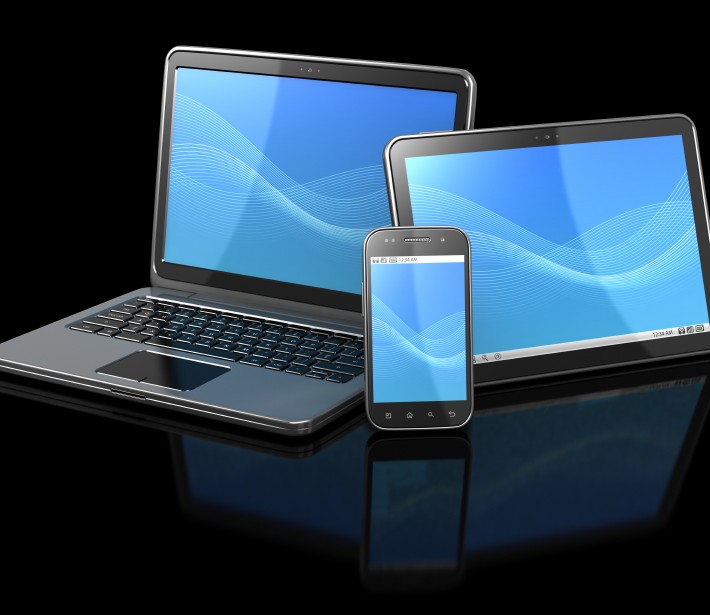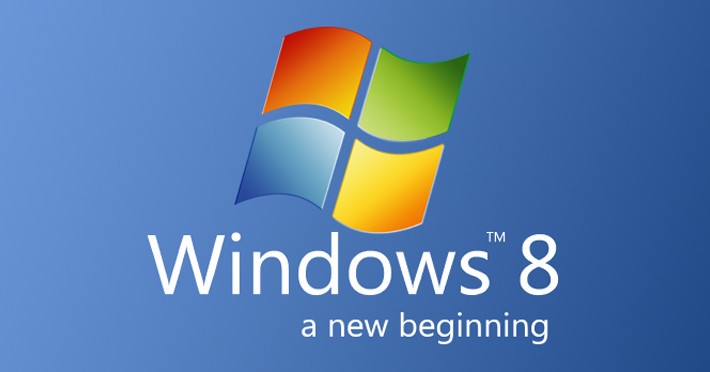By Guido Marchetti, Office 365 Specialist for O2 Telefonica, MJ Flood Technology
At this year’s Microsoft Partner Conference in Toronto, I was lucky enough to sit in on a presentation from Gartner analyst, Tiffani Bova. Entitled “Reading the Tea Leaves”, it was a compelling and insightful session, which introduced the concept of the “Digital Native” – a term she applies to a demographic, which currently forms a large part of the workforce and will form the majority in the next 10 – 15 years.
So who are the “Digital Natives” and why are they important?
Put simply, the term refers to a generation, who have grown up with and embraced the power of fingertip technology. Whether at home, at college or at work, they consume technology on a daily basis using multiple devices; in the same way as they buy a loaf of bread or a cup of coffee. It’s an integral part of their lives and one of the main ways they interact and communicate with the world around them. They are the new mobile workforce.
They are employees who have smart phones for personal reasons, are very tech savvy and identify quick ways of getting apps to help them to work more efficiently or better organise their personal lives. They are individuals who demand corporate network access for their mobile devices as they are using third party apps to share business information, making them more flexible and more productive.
“Digital natives” want to have data on demand. So many IT managers are now telling me that third party email systems are being used by employees within the business so that they can work from home. In some cases, apps such as Dropbox are being used as a storage solution that can be accessed from a range of devices. Similarly, apps such as Keynote and Evernote are growing in popularity.
These developments have fuelled an explosion in the demand from businesses for mobile device management. These mobile devices are slowly creeping onto the network infrastructure, sometimes by stealth, and this is forcing IT managers to contemplate access for these devices and in tandem, the formulation of corporate policy to address this “Bring Your Own Device” scenario. In some cases, I have already observed organisations give employees a mobile allowance to purchase the smart phone of their choice and connect it to the corporate network.
The management of these devices is something that companies are now challenged with. Ignoring our insatiable appetite for mobility is not an option. The demand for device-independent connectivity should be embraced as something that will help companies attract progressive employees; employees who will use the latest technology to work more efficiently and make a greater contribution to corporate life.
For more information on Mobile Device Management, contact your MJF account manager.



